We’re always making amazing discoveries about the farthest reaches of our universe, but there’s also plenty of unexplored territory much closer to home.

Our backyard Worlds, Planet 9 is a citizen science project that asks curious people like you yes, you there! to help us spot objects in the area around our own solar system like brown dwarfs. You could even help us figure out if our solar system hosts a mysterious Planet 9.
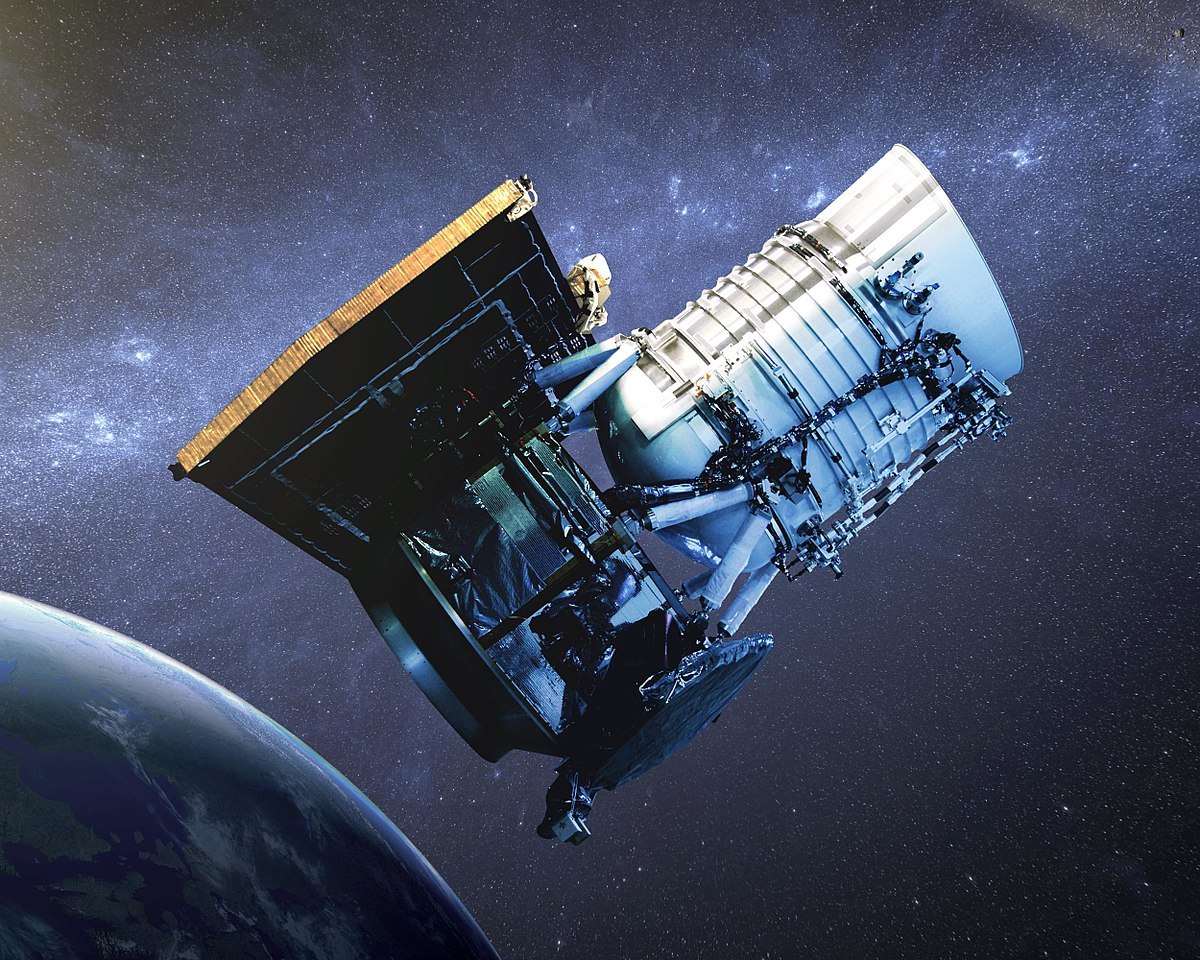
In 2009, we launched the Wide-field Infrared Survey Explorer (WISE). Infrared radiation is a form of light that humans can’t see, but WISE could. It scans the sky for infrared light looking for galaxies, stars and asteroids. Later on, scientists started using it to search for near-Earth objects (NEOWISE) like comets and asteroids.
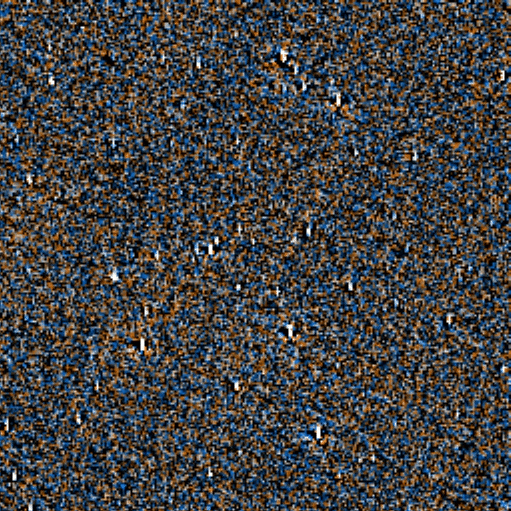
These searches have already turned up so much data that researchers have trouble hunting through all of it.
You’ll figure out how to tell the difference between real objects, like planets and stars and artifacts. Artifacts are blurry blobs of light that got scattered around in WISE’s instruments while it was looking at the sky. These optical ghosts sometimes look like real objects.
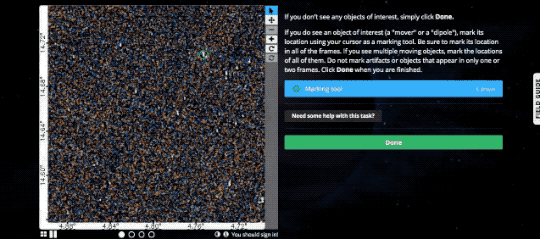
Why can’t we use computers to do this, you ask?
Well, computers are good at lots of things, like crunching numbers. But when it comes to recognizing when something’s a ghostly artifact and when it’s a real object humans beat software all the time. After some practice, you’ll be able to recognize which objects are real and which aren’t just by watching them move.

One of the things our citizen scientists look for are brown dwarfs, which are balls of gas too big to be planets and too small to be stars. These objects are some of our nearest neighbors and scientists think there’s probably a bunch of them floating around nearby, we just haven’t been able to find all of them yet.
But since Backyard Worlds launched on February 15, 2016, our volunteers have spotted 432 candidate brown dwarfs. We’ve been able to follow up 20 of these with ground-based telescopes so far and 17 have turned out to be real.
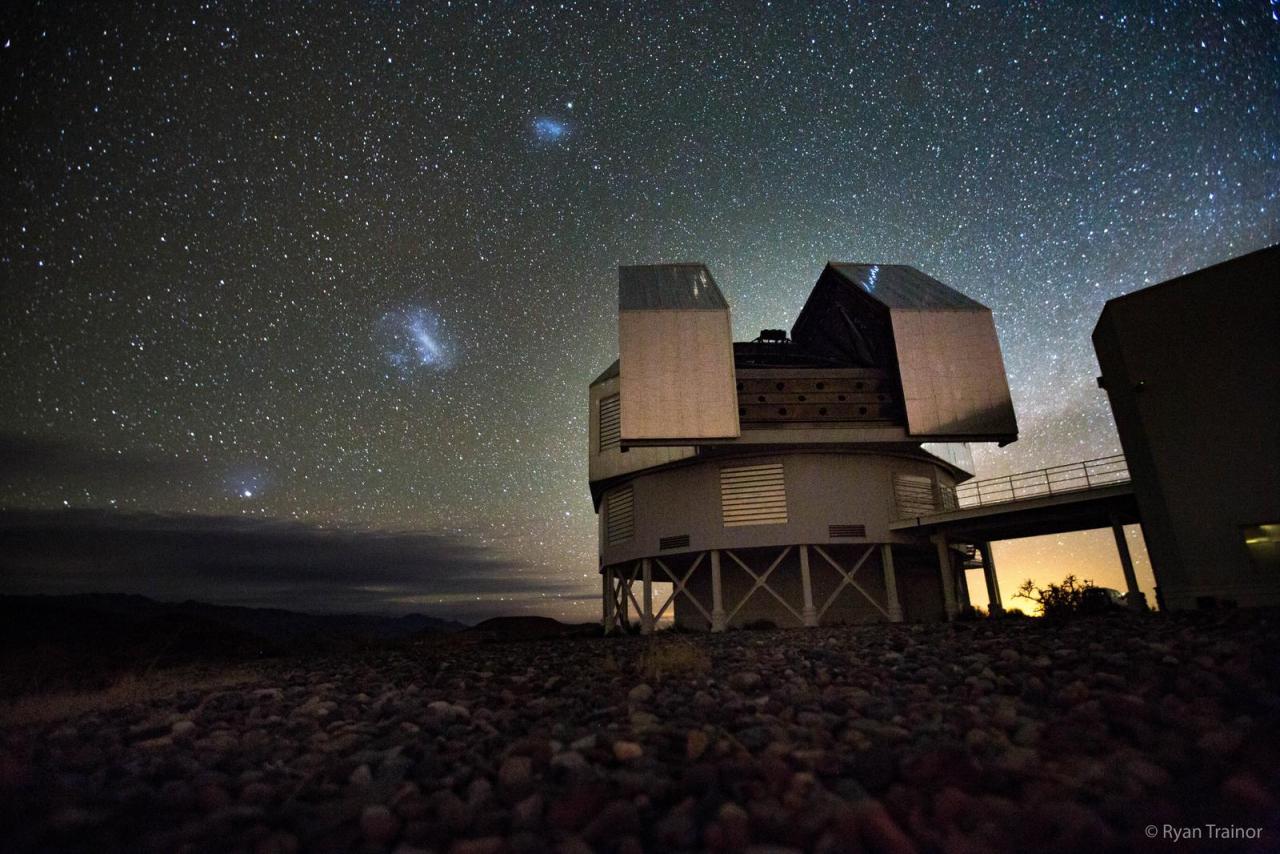
How do we know for sure that we’ve spotted actual bona fide authentic brown dwarfs?
Well, like with any discovery in science, we followed up with more observation. Our team gets time on ground based observatories like the InfraRed Telescope Facility in Hawaii, the Magellan Telescope in Chile (pictured above) and the Apache Point Observatory in New Mexico and takes a closer look at our candidates. And sure enough, our participants found 17 brown dwarfs.
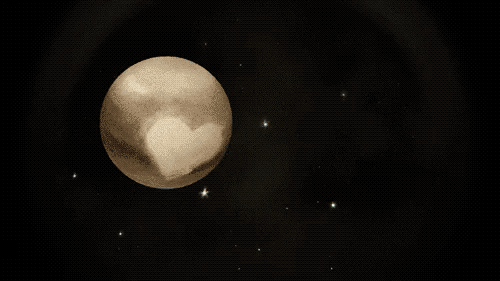
But we’re not done. There’s still lots of data to go through. In particular, we want your help looking for a potential addition to our solar system’s census Planet 9. Some scientists think it’s circling somewhere out there past Pluto. No one has seen anything yet, but it could be you! Or drop by and contribute to our other citizen science projects like Disk Detective.
Congratulations to the citizen scientists who spotted these 17 brown dwarfs:
Dan Caselden, Rosa Castro, Guillaume Colin, Sam Deen, Bob Fletcher, Sam Goodman, Les Hamlet, Khasan Mokaev, Jörg Schümann and Tamara Stajic.
Dan Caselden, Rosa Castro, Guillaume Colin, Sam Deen, Bob Fletcher, Sam Goodman, Les Hamlet, Khasan Mokaev, Jörg Schümann and Tamara Stajic.
Source : Tumblr NASA



0 Comments